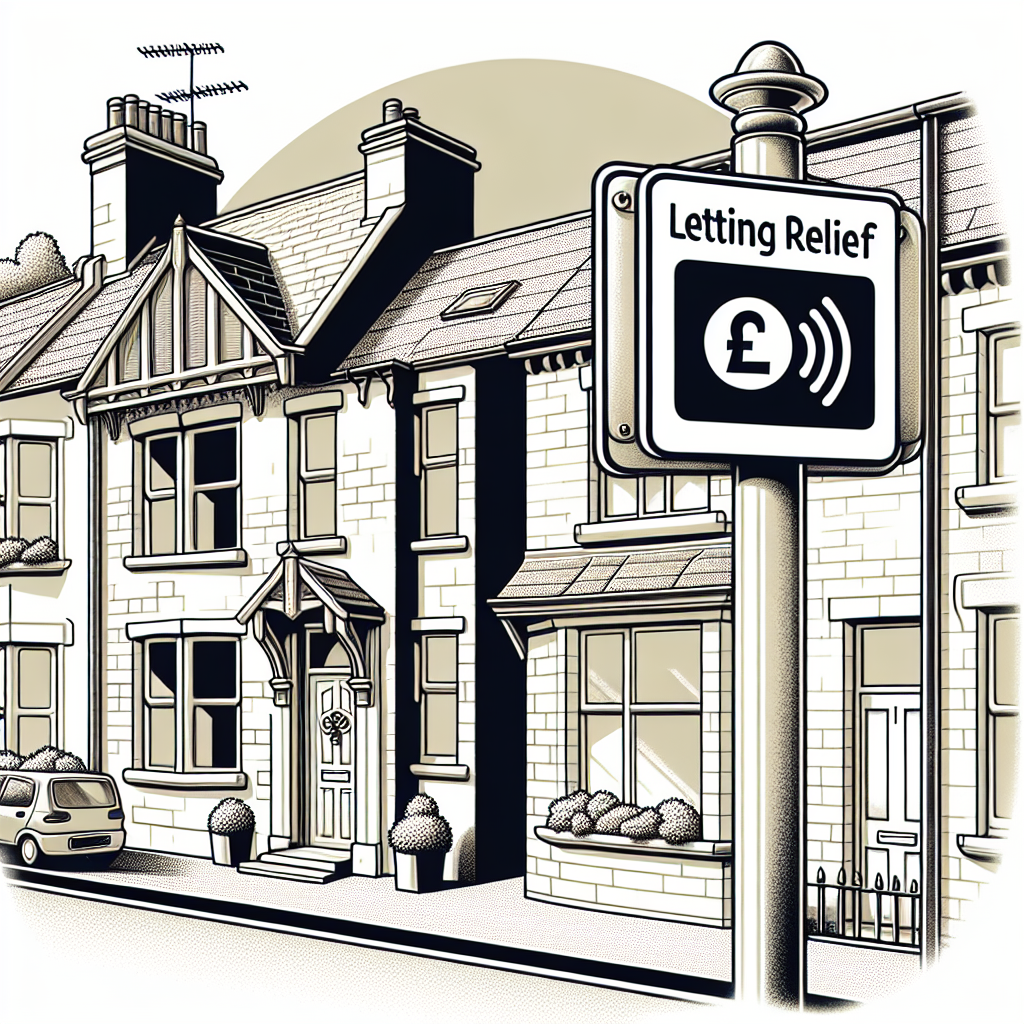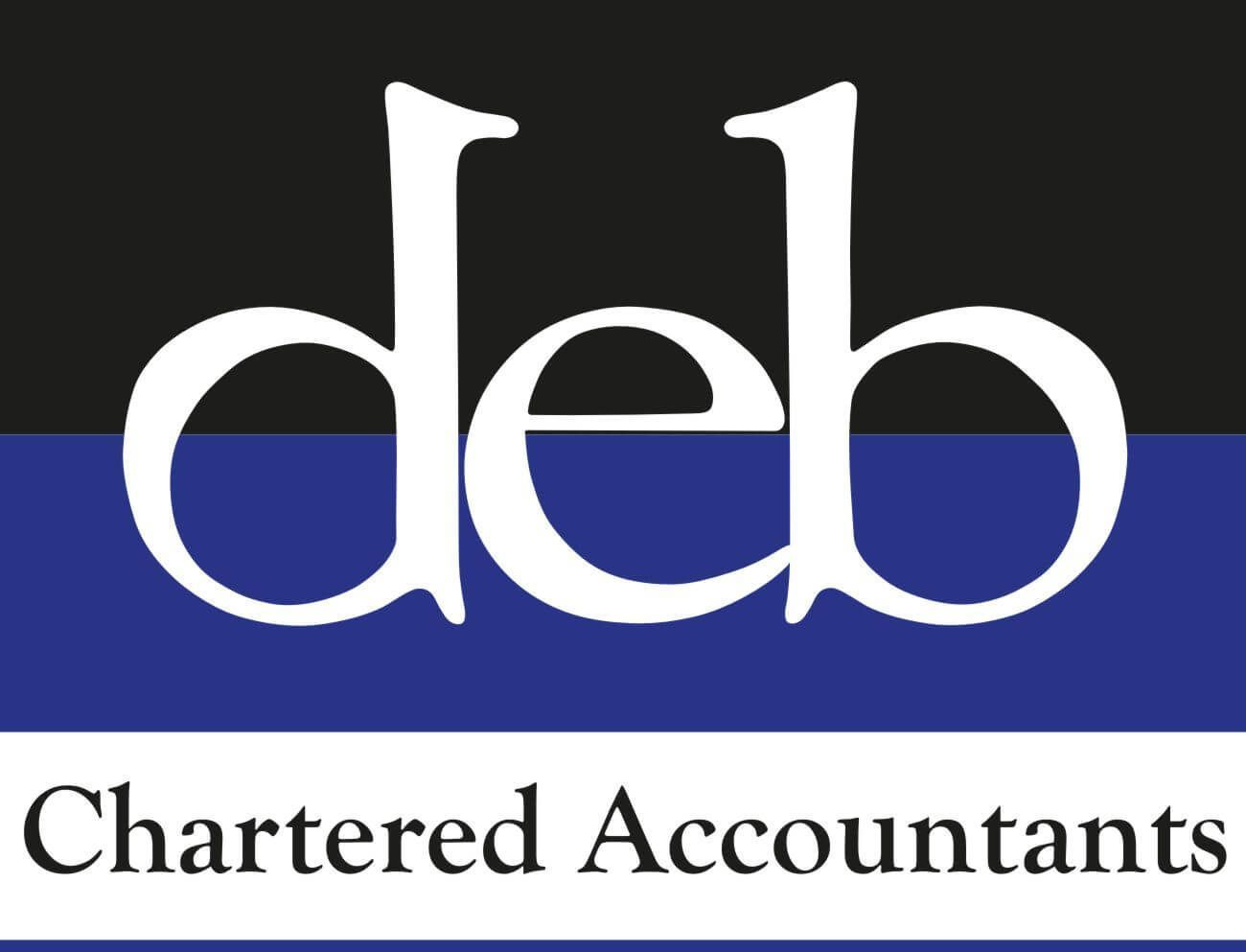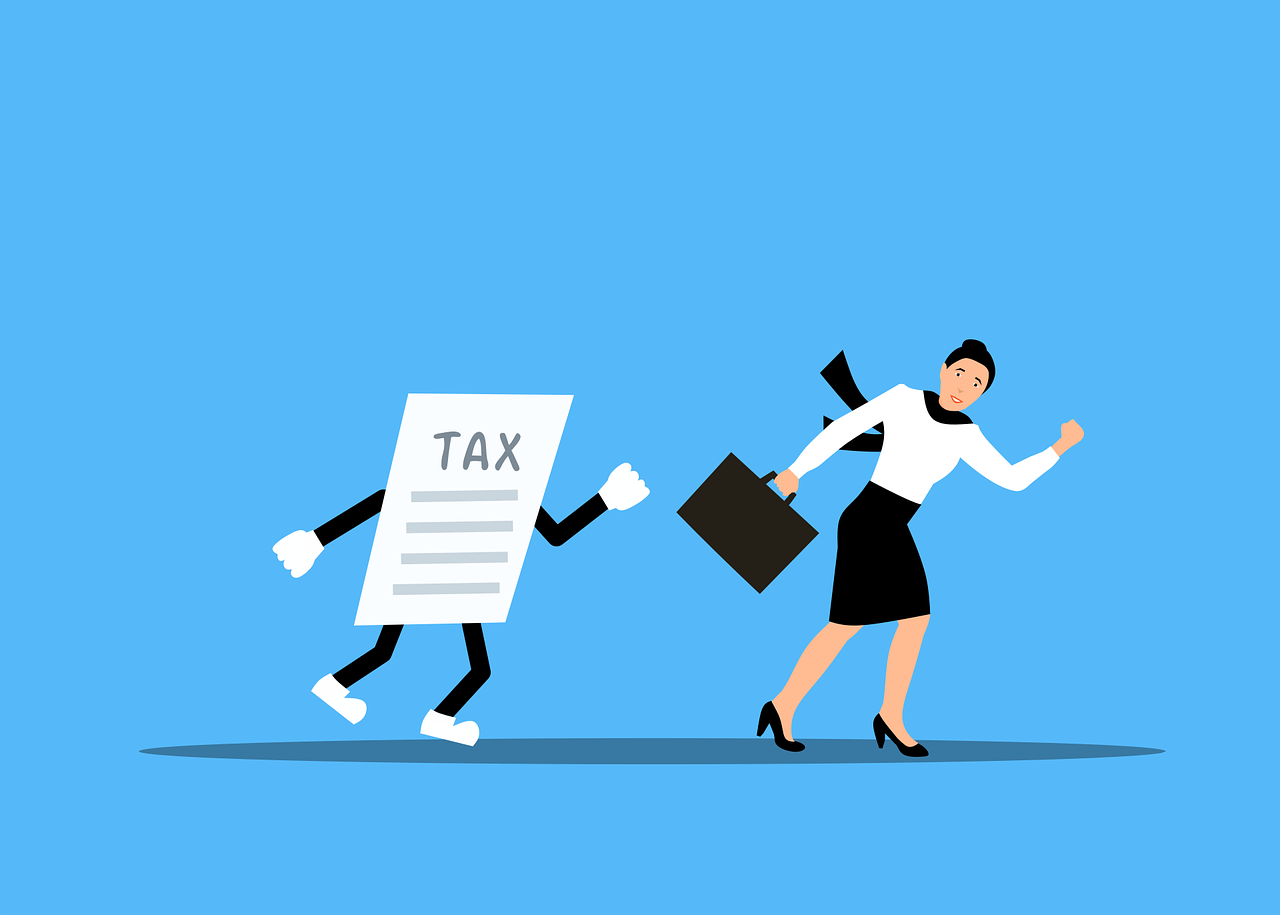Capital Gains Tax Exemptions & Reliefs
Maximizing Tax Efficiency with Private Residence Relief and Lettings Relief for Capital Gains Tax

When disposing of a property in the UK, Capital Gains Tax (CGT) can be a significant financial factor. However, homeowners can reduce their liability through two key reliefs—Private Residence Relief (PRR) and Lettings Relief.
Private Residence Relief (PRR)
PRR is designed to exempt all or part of the capital gain made on the disposal of your main home. The relief applies if you’ve lived in the property and designated it as your main residence for a portion, or the entirety, of the ownership period.
For instance, if you owned a property for 20 years and lived in it for 15 of those years, the time spent residing in the property qualifies for PRR, exempting you from CGT on the capital gain from that period. Even if you were absent for certain reasons (such as working abroad or in the UK), the absence may still qualify as deemed occupation, provided it was sandwiched between periods of actual residence.
Moreover, under current rules, the final nine months of ownership automatically qualify for PRR, regardless of whether you still live there during that period. This rule benefits homeowners who may have moved out before the sale.
Example:
If you owned a property for 15 years, lived in it for 10, and rented it out for the remaining five, the 10 years of occupation, plus the last nine months, would be exempt from CGT under PRR.
Lettings Relief
Lettings Relief comes into play if part of your property was let out while the remainder was your main residence. However, this relief is not available if you rented out the entire property.
The maximum Lettings Relief you can claim is the lower of:
The amount of PRR claimed,
£40,000, or
The capital gain attributed to the let part of the property.
Example:
Imagine you rented a room in your house while living in the remainder. Upon selling the property, Lettings Relief could apply to the portion of the gain arising from the rental period.
However, note that Lettings Relief cannot create a loss—its sole purpose is to reduce a taxable gain, potentially down to zero but not below.
Practical Considerations
Homeowners with multiple properties should carefully manage their PRR elections. If you own more than one home, you must choose which property is designated as your main residence for CGT purposes. This election should be made within two years of acquiring the second property. If no election is made, HMRC will assess which property was your main home based on the facts, including the quality of occupation and not just the length of time spent in each property.
It is also worth noting that if you delay occupying a new property due to construction or renovation, tax legislation allows for the period to qualify for PRR as long as it does not exceed 24 months.
Looking Ahead: Potential Changes in the Autumn Budget
As of the upcoming Autumn Budget on 30 October 2024, Chancellor Rachel Reeves is expected to address potential changes to CGT rates. Property owners should stay informed about any adjustments that may affect the application of PRR and Lettings Relief. Higher CGT rates could be announced, making it more critical to maximize available reliefs and minimize tax liabilities before any legislative changes take effect.
Conclusion
Both PRR and Lettings Relief can significantly reduce or eliminate CGT on property sales, but it is essential to understand the qualifying conditions and how these reliefs apply to your situation. By planning carefully and making strategic use of these reliefs, homeowners can optimize their tax position when selling property.
Understanding your eligibility for these reliefs and applying them correctly can significantly reduce your tax bill when selling a property. If you need any help or advice, please contact us on
01226 245824. Or email
davideb@deb-accountants.co.uk.














